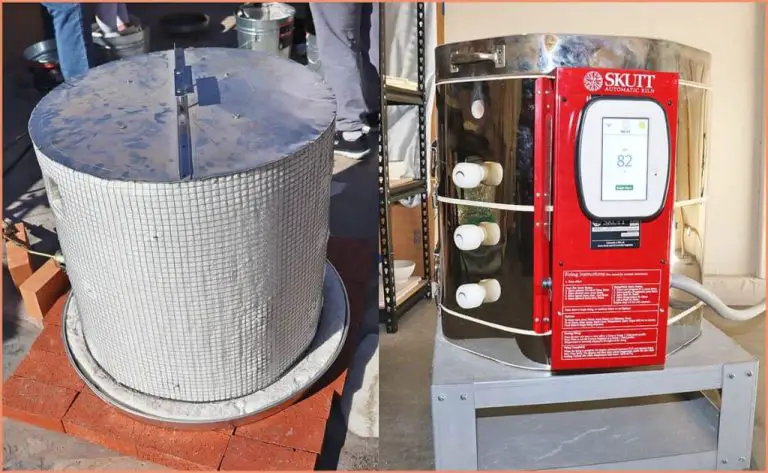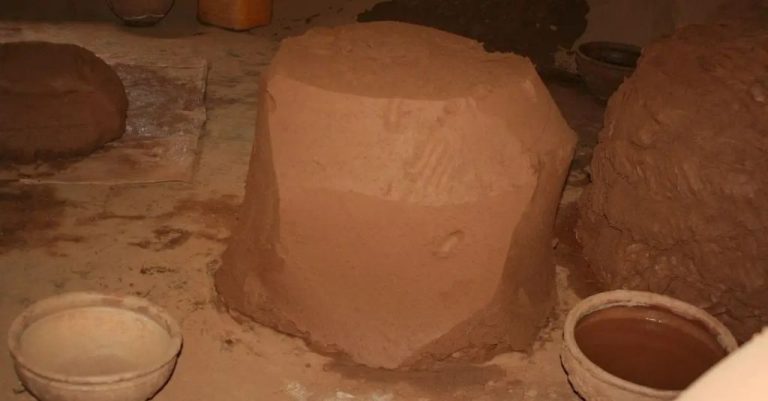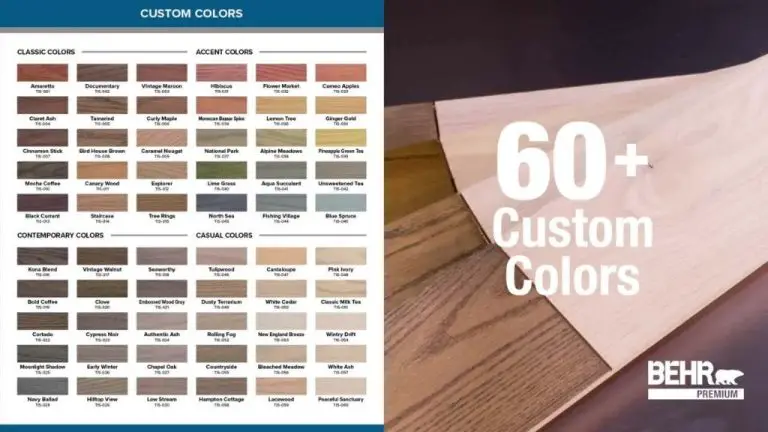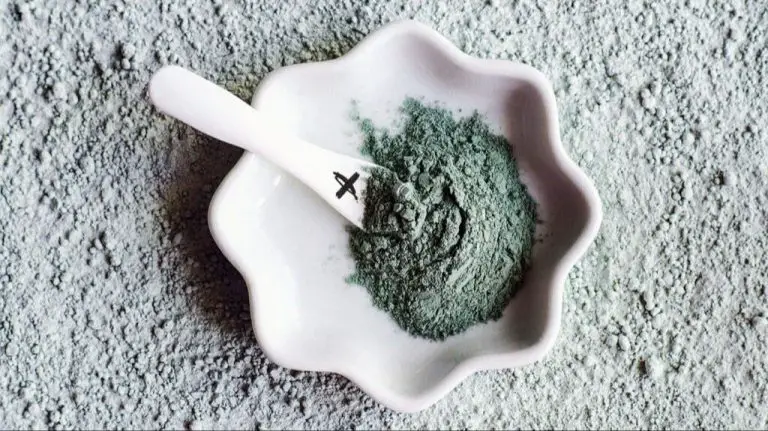What Are Clay Roof Tiles Called?
Clay roof tiles, also known as terracotta roof tiles, are a type of roofing material made from terracotta clay. The history of clay roof tiles dates back thousands of years to ancient China and the Mediterranean. Some of the earliest known uses of baked clay for roofing tiles have been found in China dating back to the Neolithic period around 10,000 BC. Clay roof tiles were also used extensively in ancient Greece and Rome.
The Romans brought clay roof tile technology to the British Isles starting in about 100 AD. Production of clay roof tiles boomed in Britain during the medieval ages as towns expanded rapidly. By the 17th and 18th centuries, clay tile roofs became status symbols displayed by the wealthy. Today, clay remains a popular roofing material known for its durability, fire resistance, and aesthetic appeal.
Types of Clay Tiles
Clay roof tiles come in a variety of styles, but the most common types are Spanish, flat, and interlocking clay tiles. According to Roof Gnome, Spanish tiles originated in Europe and have an “S”-shaped curved form. They interlock and overlap to create durable waterproof protection. Flat clay tiles are simple, planar rectangular or square tiles that also interlock. Interlocking clay tiles similarly connect together, but have tabs, ridges, or grooves built in to improve installation and wind resistance.
Spanish clay tiles are very popular for their distinctive look. The curves and shadows create visual depth and interest on the roof. However, they are more expensive and labor intensive to install than flat clay tiles. Flat clay tiles have a modest, subtle appearance, and are easier to install and more affordable. Interlocking clay tiles combine the durability and water resistance of their overlapping design with the efficiency of a flat profile.
Manufacturing Process
The manufacturing process for clay roof tiles begins with clay preparation. The clay is dug from quarries and then refined to remove impurities like small stones and organic matter. It is then mixed with water to reach an ideal consistency for molding.
Next, the clay goes into molds that press it into the desired shape, often with decorative textures. Tiles may be pressed by hand or by machines. The wet clay tiles are quite fragile at this stage. How are clay roof tiles made? Redland Pitched Rosemary
After molding, the tiles undergo a drying process, which aims to remove excess moisture from the clay slowly and evenly. This is often done in specially designed drying rooms or sheds to control temperature and humidity. If dried too quickly, the tiles can crack or warp.
Finally, the dried tiles are fired in a kiln at high temperatures ranging from 1000°C to 1300°C. Firing hardens the clay through vitrification and sets the color. The kiln firing can last 24 hours or longer depending on the tile thickness and desired properties. The fired clay tiles emerge hardened and durable, ready for installation.
Advantages of Clay Roof Tiles
Clay roof tiles offer many advantages that make them a popular roofing material choice. One of the key benefits is their durability and longevity. Clay tiles can last up to 100 years or more with proper installation and maintenance (https://www.roofingmegastore.co.uk/blog/benefits-of-clay-roof-tiles.html). The clay material is naturally fire resistant and does not burn or ignite easily, making clay roofs safer in areas prone to wildfires.
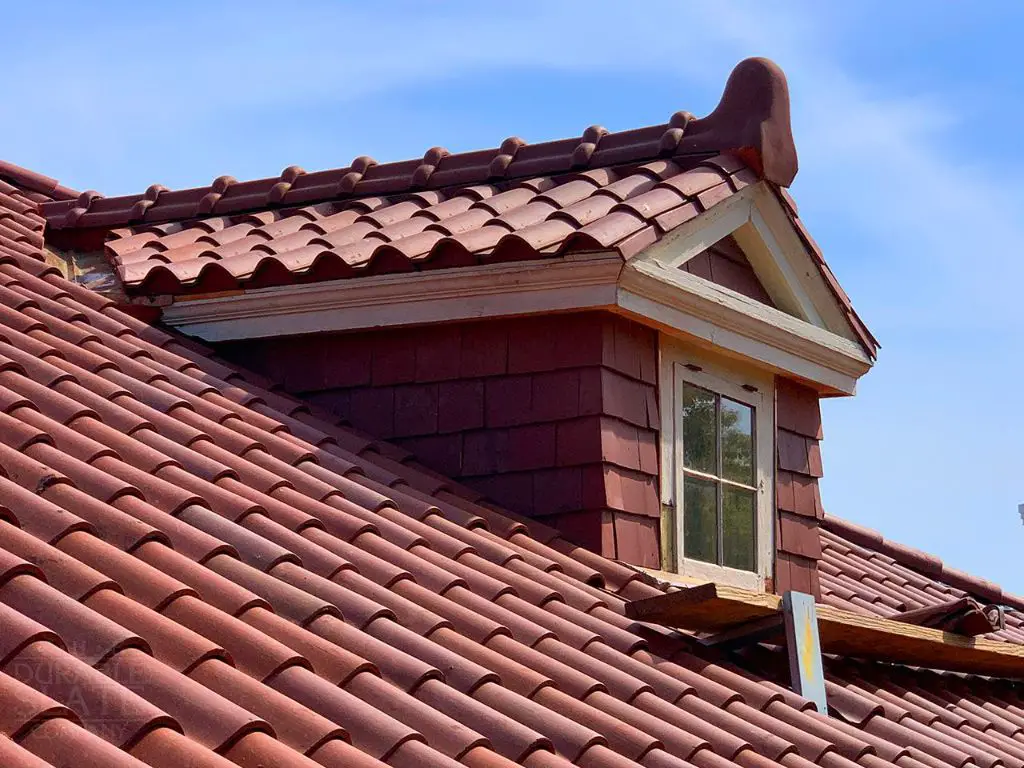
Clay tiles also have excellent aesthetic appeal and come in a wide variety of shapes, colors, and textures to complement any architectural style. The natural clay colors and textured look is desirable for many homeowners. Clay absorbs less heat than other roofing types, helping maintain comfortable indoor temperatures (https://builders9.com/types-of-clay-roof-tiles-and-their-benefits/). Overall, clay roof tiles are appreciated for their timeless beauty, natural fire resistance, durability, and temperature regulation abilities.
Disadvantages
One of the main disadvantages of clay roof tiles is their heavy weight compared to other roofing materials like asphalt shingles or metal roofing. Clay tiles typically weigh between 600-1500 pounds per square, which is significantly heavier than asphalt shingles at around 200-300 pounds per square (Source). This heavy weight often requires reinforcing the roof structure to support the load, which adds to installation costs. It also makes clay tiles more prone to breakage if walked on or impacted.
The fragility of clay tiles is another downside. While durable, they can crack or break if impacted by falling tree limbs, hail, foot traffic, or other forces. Cracked or broken tiles must be replaced to maintain the integrity of the roof. The brittle nature of the material also makes clay tiles more vulnerable in earthquakes.
Finally, clay roof tiles are one of the most expensive roofing options. Costs range from $800-1200 per square installed, nearly 2-3 times more than asphalt shingles. The specialized labor and materials required drive up the overall cost (Source). Homeowners must carefully weigh the higher upfront investment against the potential longevity and aesthetic benefits of clay tile roofs.
Installation
Clay roof tiles require careful installation to ensure they are securely attached and properly installed for optimal durability and longevity. There are some key steps for properly installing clay tiles:
Roof Pitch – Clay tiles require a minimum roof pitch, usually around 22-25 degrees. The pitch ensures rain and moisture will properly run off the roof. Flatter pitches can lead to water getting trapped and causing leaks or damage.
Underlayment – A waterproof underlayment is essential below the tiles. This is usually a special felt paper or synthetic underlayment. It provides a protective barrier and secondary layer of waterproofing.
Battens – Battens, which are thin wood strips, must be installed over the underlayment. The tiles attach to the battens, which raise them to the proper angle off the roof deck. This allows ventilation airflow under the tiles.
Maintenance
Proper maintenance is crucial for maximizing the lifespan of clay roof tiles. Homeowners should regularly inspect their roofs, at least twice per year, to check for any damaged, cracked, or missing tiles that need replacement. It’s best to do inspections after major storms as well. Repointing, which involves replacing the mortar between tiles, should be done as needed to prevent leaks.
In addition to inspections and repointing, clay tile roofs need periodic cleaning. This prevents mold, mildew, and moss growth which can damage tiles over time. Use a low-pressure hose or soft brush to gently clean the roof. Avoid high-pressure power washing as this can crack tiles. Check with the tile manufacturer for approved cleaning solutions. Bleach and acid-based products should be avoided.
By staying on top of routine maintenance like inspections, repointing, and cleaning, homeowners can protect the beauty and water-tightness of a clay tile roof for decades. Minor preventative care is much cheaper than having to fully replace the roof down the line due to neglect.
Sources: https://types.blog/types-of-roof-tiles-and-shingles/, https://www.homesimprovements.net/2021/06/30/fascinating-features-of-roofing-should-know-for-better-knowledge/
Cost
The cost to install a clay tile roof ranges from $8.35 to $15.25 per square foot according to Modernize. This comes out to $835 to $1,525 per roofing square (100 sq ft). The total cost for a 1,500 square foot roof is typically between $13,000 and $36,000, with the average around $24,500 according to RoofGnome. Fixr.com reports an average cost of $16,901 for a new clay tile roof installation and $20,055 for replacing an existing roof.
The main factors affecting the cost are the roofing materials and professional installation labor. Clay tiles themselves range from $400 to $950 per square depending on the style and quality. Installation accounts for 50-70% of the total project cost. The complexity of the roof design, access to the roof, any repairs needed, disposal fees, and local labor rates also impact the overall price.
Environmental Impact
Clay roof tiles can have both positive and negative impacts on the environment. On the positive side, clay is a natural material that requires minimal processing. Clay deposits are abundant, and manufacturing processes are often located near the source to reduce transportation emissions. Clay tiles also have a very long lifespan, typically lasting 70-100 years before needing replacement. This reduces waste and the need to manufacture new materials over time.
However, clay tile production does consume significant energy for baking at high temperatures. Manufacturers are adopting more efficient kilns and using renewable energy sources to reduce this impact. There are also emissions associated with transporting the finished tiles. Overall, clay tiles compare favorably to other roofing options in terms of environmental footprint, especially when factoring in their longevity. But continued efforts can be made to further improve the sustainability of production.
Sources:
https://www.lifestiles.co.uk/clay-tile-slate-sustainability/
https://constrofacilitator.com/the-advantages-disadvantages-of-clay-roof-tiles/
Alternatives to Clay Tiles
There are several common alternative roofing materials to clay tiles, including:
Concrete Tiles
Concrete roof tiles are a popular alternative to clay tiles. They are made from a mixture of cement, sand, and water. Concrete tiles can mimic the look of clay, with a similar barrel shape and color options. Concrete is heavier and more durable than clay. Concrete tiles also tend to be cheaper than clay. However, they lack the natural asthetic appeal of clay and are more prone to issues like efflorescence (a white powder deposit). Overall concrete tiles offer a lower maintenance and more affordable option compared to clay [1].
Slate
Slate roofing tiles provide an elegant and traditional look. Slate is a natural stone that is split into thin layers to make roofing tiles. It comes in various colors like grey, purple, red, green and black. Slate is extremely durable, fireproof, and can last over a century. However, slate tiles tend to be very expensive, heavy, and challenging to install correctly. Specialized slate roofers are required. Overall slate offers exceptional longevity and aesthetics but at a steep premium cost [2].
Metal Roofing
Metal roofing comes in steel, aluminum, copper and tin options. Metal roofing is lightweight, durable, fire resistant, and quick to install. It can mimic the look of other roofing materials like shingles and clay tiles when formed into interlocking panels. Bare metal roofing has a contemporary industrial aesthetic. The drawbacks of metal roofing include higher upfront cost, noise issues during rain, and potential for dents and scratches. Overall metal roofing provides extreme longevity and low maintenance once installed [2].


